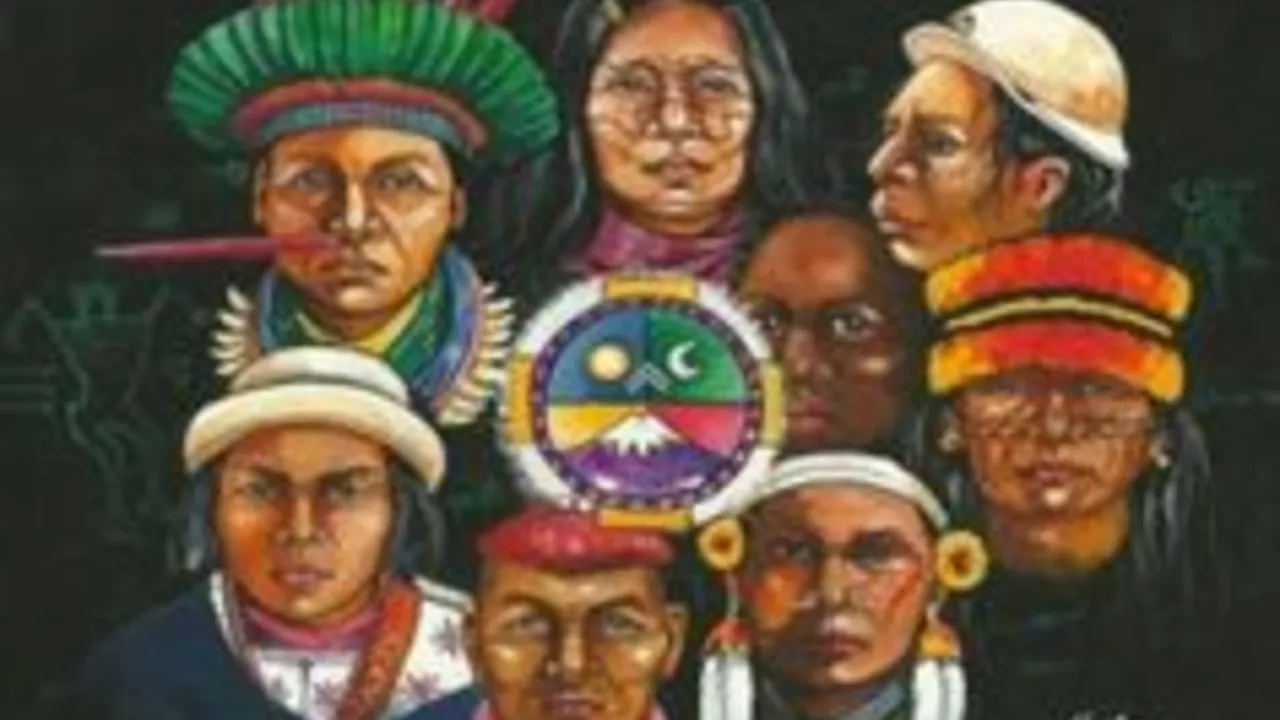Cultural Perceptions in India – What Everyone Gets Wrong
Ever wondered why some ideas about India feel so sticky, even when they don’t match reality? From movies to news headlines, cultural perceptions travel fast and settle deep. They shape how we talk, choose friends, and even decide what jobs to take. Let’s break down a few of the biggest myths and see how they affect everyday decisions.
Religion and Regional Identity – More Than a Flag
One common perception is that every Indian follows the same religion or that a state is defined by a single faith. In truth, India’s religious map is a patchwork. Take Nagaland, for example – about 90 % of its people are Christians, a fact that surprises many who think of India as overwhelmingly Hindu. That perception can lead outsiders to overlook opportunities for cultural exchange or business in the northeast.
Similarly, you’ll hear people say “the South is all tech‑savvy” while ignoring the agrarian roots that still drive a huge part of Tamil Nadu or Karnataka’s economy. The takeaway? Don’t let a single label decide how you interact with a region or its people.
Education and Career Paths – Breaking the Engineering Box
For years, the idea that only engineers or doctors are valued in India has guided family conversations. IIT Bombay’s recent move to open its MBA program to three‑year degree holders from any discipline is a direct challenge to that perception. The school hopes the change will bring more gender diversity and fresh ideas to the business world.
What does this mean for you? If you’re considering a career switch or an MBA, the old rulebook no longer applies. Look for programs that welcome varied backgrounds, and you’ll find more doors opening than before.
Media and News – Who Really Gets Seen?
Many think DD News dominates Indian TV, but viewership data shows limited interest. People often skip it because of perceived bias or low production quality. Meanwhile, private channels and digital platforms are reshaping how news spreads. If you’re trying to stay informed, don’t rely on a single source – mix national, regional, and online outlets for a fuller picture.
A similar gap exists in international representation. India, despite its size, lacks a globally recognized news network like BBC or CNN. The reasons range from funding challenges to government control. Recognizing this helps you understand why Indian stories sometimes get filtered through foreign lenses.
Travel and Lifestyle – The Real Air India Experience
Air India often gets a mixed reputation. Some travelers rave about comfortable legroom and friendly crew on routes like New Delhi to New York, while others compare it unfavorably to premium carriers. The truth sits somewhere in the middle: for a reasonable price, you get decent service, especially on long‑haul flights. If you’re budgeting for a trip, weigh the cost against the amenities you truly need.
All these examples show how cultural perceptions can both help and hinder us. By questioning the stories we hear and checking facts on the ground, we get a clearer view of India’s vibrant, complex reality. Next time you catch a headline or hear a stereotype, pause, dig a little deeper, and you might discover a whole new angle you never expected.
What do Indians think about Americans?
Well, folks, let's dive into the spicy curry of opinions that Indians hold about our American brethren. Just like a Bollywood film, it’s a mix of drama, comedy and action! What strikes Indians first about Americans? Their unshakeable optimism and larger-than-life outlook, of course! They admire the American spirit of innovation and independence, while sometimes finding American food habits and obsession with fitness amusing. But, hey we all know, variety is the spice of life, and differences are just opportunities to learn more about each other, right? Isn't that what makes this world a fascinating place? So, let's keep the popcorn popping and enjoy this global blockbuster of cultural exchange!
